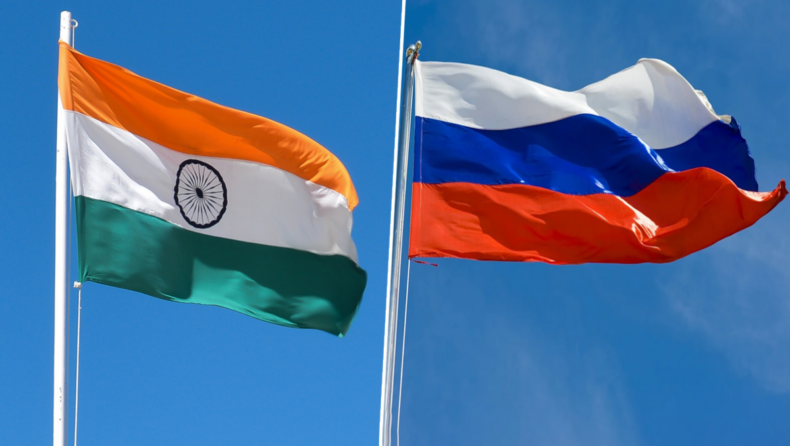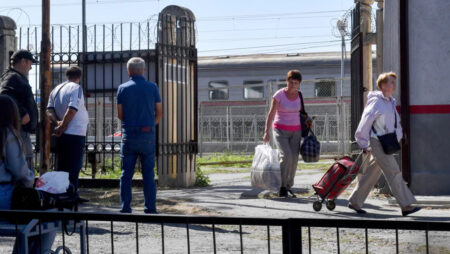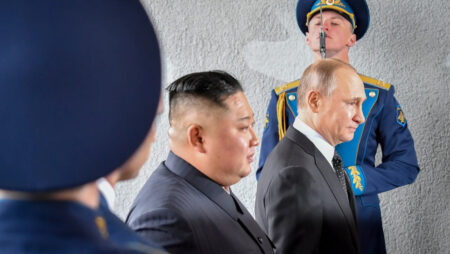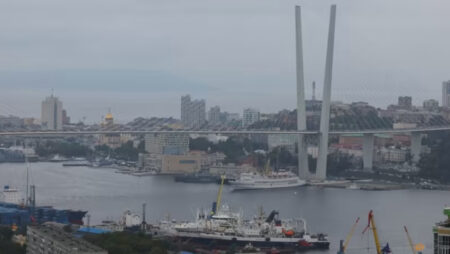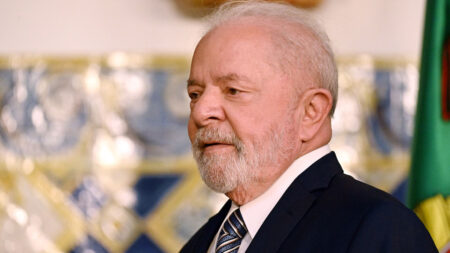Amid the Russian-Ukraine war, many countries and organizations put restrictions on Russia. these restrictions include ousting of Russian banks from Society for Worldwide Interbank Financial Telecommunications (SWIFT) system.
Which can lead to Indian exporters’ money almost 500 million dollars trapped. That’s why the Federation of Indian Export Organization (FIEO) proposed the reinstatement of Rupee-Ruble trade arrangements.
Also, India is the third-largest consumer of oil in the world and Imports 85% of its demand. Russia is going through sanctions around the world and many countries hesitating to continue trade with them, while Russian oil is out of the sanctioned list.
Hence, Russia offers oil and other commodities at a discount price to India.
“Russia is offering oil and other commodities at a heavy discount. We will be happy to take that. We have some issues like tanker insurance cover and oil blends to be resolved. Once we have that we will take the discount offer,” an Indian government official told Reuters.
How does it work?
Rupee-Ruble trade arrangements is a system of payment, in which trade is allowed in mutual currency instead of internationally recognized currency.
In this arrangement, selected banks of both the countries are required to open accounts with each other and both the parties have to keep a fixed amount of local currencies in their accounts which is the same as the rate of the dollar in the respective currency.
About SWIFT
SWIFT, Society for Worldwide Interbank Financial Telecommunications is a Belgian cooperative society providing services related to the execution of financial transactions and payments between banks worldwide.
Its principal function is to serve as the main messaging network through which international payments are initiated.
It is a win-win situation for Russia and India because India imports more from Russia than from export. Russia also has a place to sell its oil. It is good for India’s foreign exchange reserves.
India is also reportedly considering buying raw materials from Russia and Belarus for fertilizer production.
Published By – Damandeep Singh
Edited By-Kritika Kashyap







